Deep into the night, a record begins to spin. Sound trembles through the air, turning the entire room into a resonating microcosm. There was once a place like that.
As the needle traces its path, it connects the stars of sound, and my midnight room becomes an observatory of my own. But that space is now lost.
Among the thousands of records I once owned, I embarked on a journey to select only those that would resonate eternally. And today, from the depths of that ocean of memories, I bring you one of those records.
1. Resonance and Form—The Texture of Sound in This Record
The breath of an era told through its jacket, the tactile sensation of the grooves etched into the vinyl, and the world that unfolds the moment the needle drops. I will explore the beauty and resonance of this record in depth.
2. The Coordinates of Memory—The Intersection Between This Record and Me
When, where, and how did I first encounter this record? And why could I never bring myself to part with it? Beyond my personal experience, I will reflect on the magnetic pull that music exerts over memory.
3. The Context of Sound—How This Record Lives Within a DJ Set
At what moment should this record be played within a mix? How does it resonate with the temperature of the dance floor and intertwine with other tracks to create new narratives?
Resonance and Form—The Texture of Sound in This Record
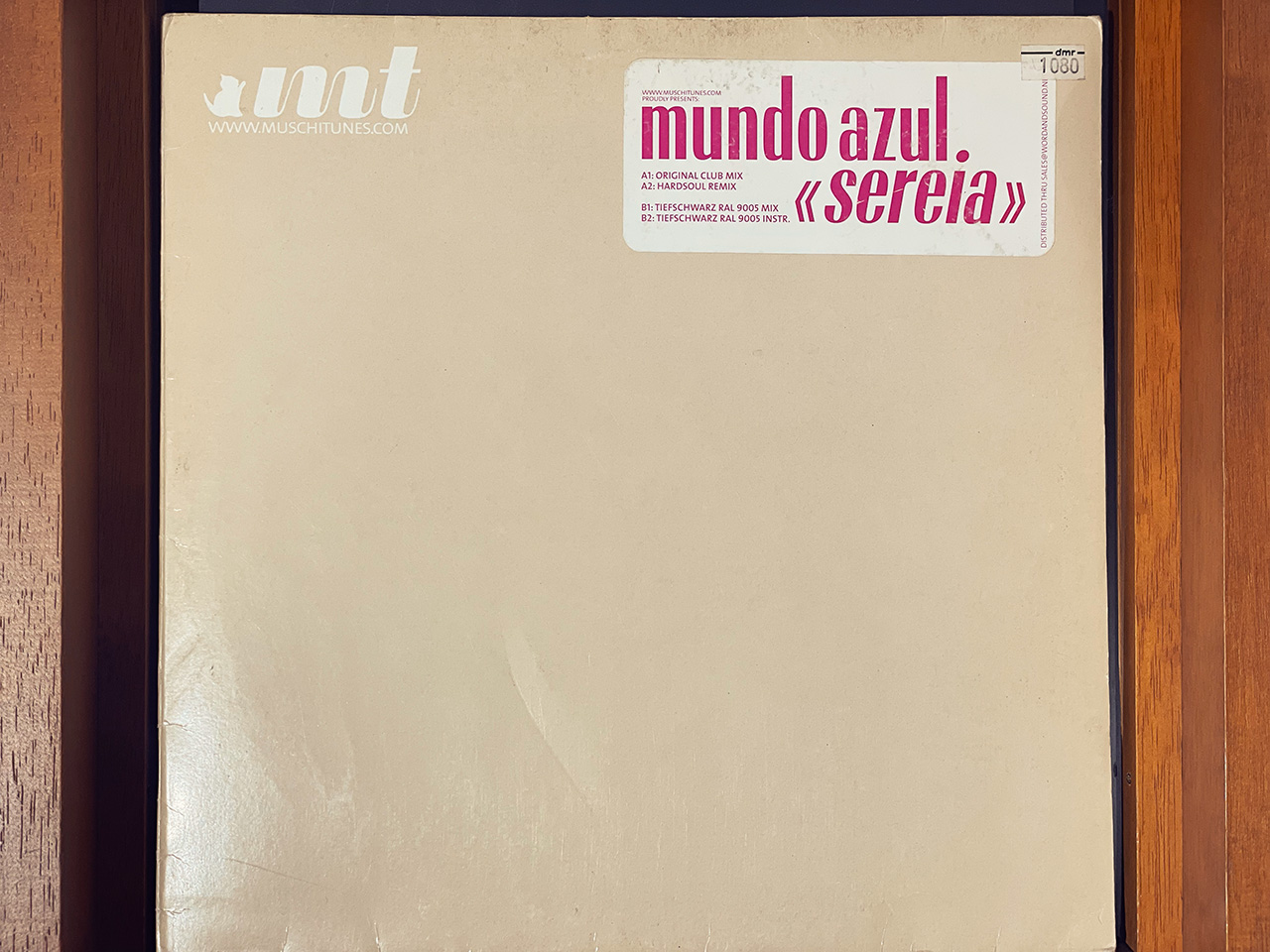
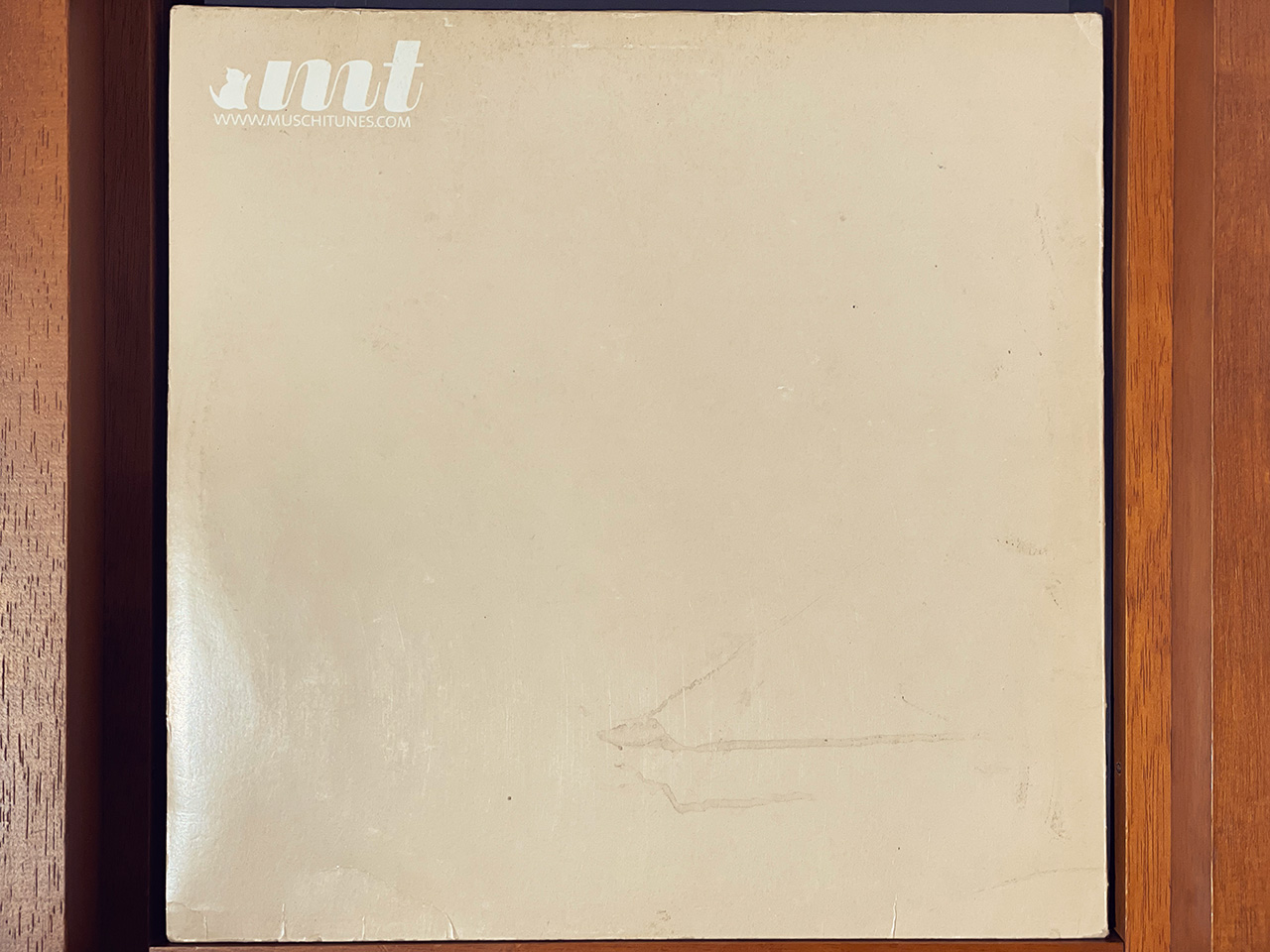
■Sound
Released in 2001, Sereia by Mundo Azul came out under the Belgian label Muschitunes. The track blends Latin rhythms with house elements, and its Original Club Mix stands out as a Latin disco number with a striking brass section.
This track was featured as the opening song on Disc 2 of Barrio Latino, Vol. 3, a compilation by Carlos Campos that guides listeners through a journey of samba, house, merengue, and more.
It was also included in Lazy Dog Volume 2, a 2001 release that cemented Sereia as a Latin house classic beloved by DJs and listeners alike.
While remixers such as Hardsoul and Tiefschwarz (both of whom I deeply admire and own multiple records from) have left behind more extensive histories, little information can be found in English or Portuguese about the background of Mundo Azul or Sereia.
The Coordinates of Memory—The Intersection Between This Record and Me
I first encountered Sereia at the now-defunct DANCE MUSIC RECORDS (DMR) in Shibuya. At the time, I knew I wanted to DJ house music but hadn’t yet fully committed to centering my sets around Chicago house.
Back then, my record collection was guided by a vague criterion: if it had a jazzy or stylish feel, I’d buy it. Most of those records were later sold off.
But Sereia was different.
It wasn’t just a “Latin-flavored house” track—it was a meticulously crafted Latin pop piece. Its melody, brass arrangement, bassline, and even the interludes and accents were outstanding. Even in the Reiwa era, it doesn’t feel dated. This track has taught me so much about music, and even after defining my DJ style around Chicago house, disco, and dub, I could never remove it from my set.
Today, Sereia is widely accessible—available on streaming services, digital stores, and even in reasonably priced secondhand vinyl markets. But just because it’s easily obtainable doesn’t mean I should stop introducing it. If given the chance, I would still rather play this track on vinyl than in digital format.
The Context of Sound—How This Record Lives Within a DJ Set
Sereia is not just another Latin house or rhythm-driven track—it is a fully realized pop song with an exceptionally high level of musical completeness. And yet, behind that polished pop sensibility, the track is structured with DJs in mind, making it a unique case.
One of its most remarkable features is that it includes solid beats specifically designed for long mixes. Many Latin-inspired tracks prioritize melody, brass, and percussion over mixability, but Sereia carefully maintains a structure that allows it to blend seamlessly into DJ sets. This makes it work effortlessly in deep house and Latin house flows but also allows it to sit comfortably within a Chicago house set.
Its balance is key:
Sereia carries the swinging grooves of Latin rhythms, yet it never fully syncs with traditional house patterns, making it an excellent accent in a varied set.
It blends well into jazzy house transitions, but can also shift seamlessly into raw, stripped-down house tracks, introducing fresh rhythm dynamics.
Additionally, its BPM flexibility allows it to serve multiple roles:
A smooth warm-up groove for early sets
A build-up switch for increasing momentum
A melodic anchor that bridges different rhythmic styles
A track that achieves both pop music’s completeness and a DJ tool’s versatility is truly a rare gem. That is why, even after 20+ years, Sereia still finds its place in contemporary DJ sets.
For those interested in further exploring the connections between genres, I recently wrote a column about Another Star-inspired Japanese pop songs:
🔗 Read the column here
Another Star Kayō: The Hidden Connections Between JPOP and Classic Soul
Despite the language differences, this record blends beautifully with the tracks featured in that article.
Sereia is not just a nostalgic tune—it is a timeless track, balancing universal appeal with dancefloor energy.
Thank you for reading until the end.
Do you, too, have a record that transcends time, one you can never part with?
May its melody continue to pulse quietly in the depths of your memory, illuminating fragments of your life.
And may both your heart and body remain in harmony, always.
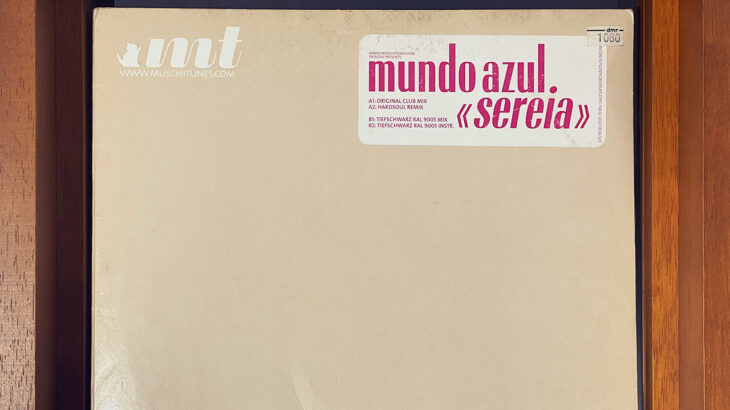





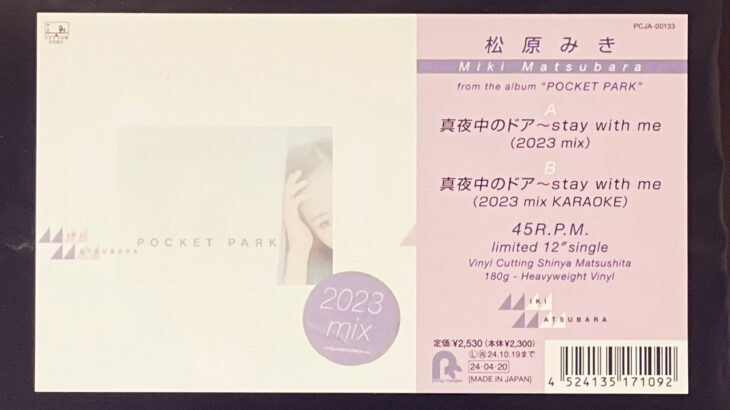
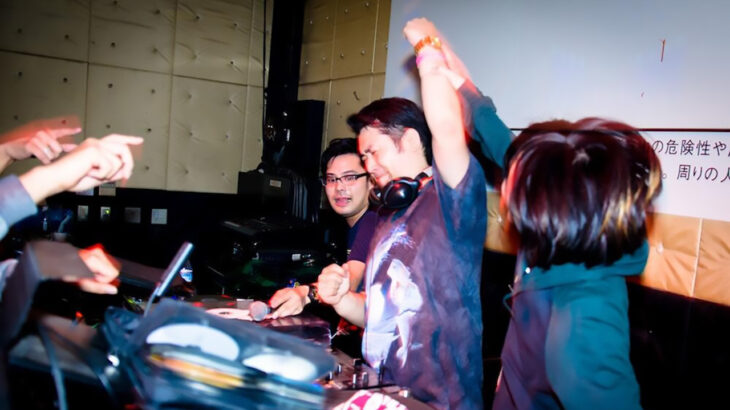
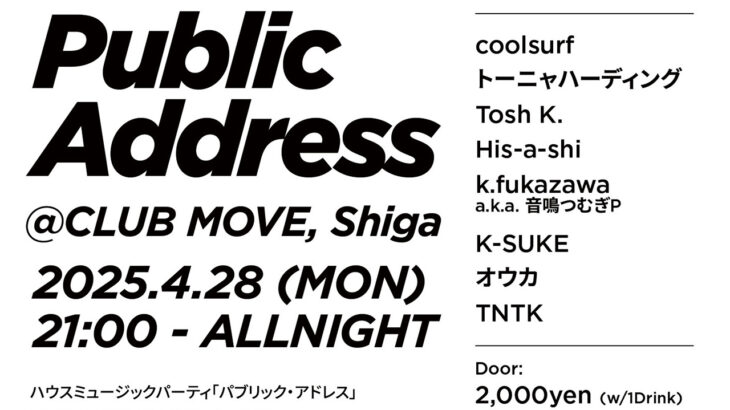

コメントを書く